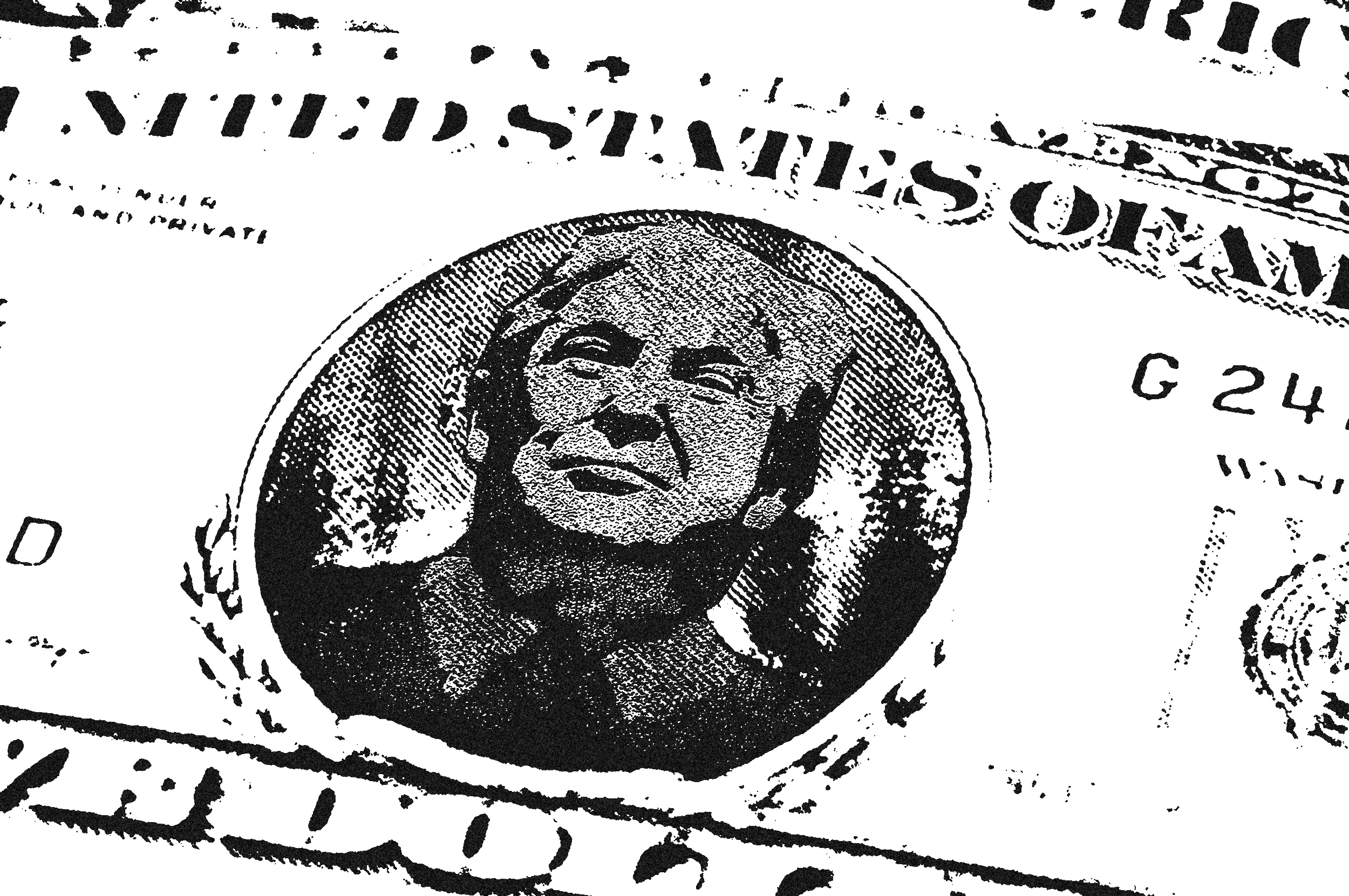Issue:
January 2025
Japan and the wider region brace for the era of ‘Trump tariffs’

Will Donald Trump’s return to the White House turn out to be the annus horribilis that many in Asia are fearing, or the annus mirabilis that few expect? The most likely outcome lies somewhere between the two, at least in the economic and financial realms.
For pessimists, the risk of “Trump tariffs” crippling the economies of the world’s most trade-dependent economies hangs heavily in Asia. For optimists, the possibility of a reduction or even reversal of this threat offers cause for hope.
This is not to say that there are no other threats beyond tariff-induced trade interruptions facing Asia. Currency wars are a possibility as countries try to offset the impact of tariffs on exports, and stock market “flash crashes” can’t be ruled out.
Much will depend on the level of tariffs the U.S. imposes, which in turn depends upon how much leaders in Asia will concede to Trump to avoid the penalties. And, given the new president’s personality, their ability to establish a personal chemistry could be key. Only time will tell.
Some analysts believe Trump's tariffs will click in only during the second half of 2025 at the earliest, and in some cases the following year. That means the region will be given room for manoeuver and time to work out optimum monetary and fiscal strategies that anticipate the best- and worst-case scenarios.
Economic growth in the Asia-Pacific will remain steady for the next couple of years, but expected policy changes by Donald Trump are likely to affect the region’s longer-term outlook, according to the latest Asian Development Outlook report by the Asian Development Bank (ADB).
Changes to U.S. trade, fiscal, and immigration policies could dent growth and add to inflation, the document says. Significant policy changes are expected to be rolled out gradually, so their effects are more likely to be felt in the region from 2026.
“Trump’s broader trade strategy reflects a worldview rooted in 19th-century mercantilism, emphasizing protectionism and an aggressive use of tariffs,” the Brookings Institution said in a recent analysis. “Trump sees tariffs as multipurpose tools: sometimes as a means to an end – as negotiating leverage to cut a deal – and other times as ends unto themselves – both to encourage reshoring American manufacturing and to generate revenues to pay for tax cuts and spending.”
Under this approach, tariffs are either assumed to be “costless,” with no negative impact borne by domestic consumers (through higher prices) or by businesses (through higher-priced inputs and disrupted supply chains). Or it could be the case that tariffs will raise consumer prices, but that is a price worth paying in order to revive the American industrial base.
China could be heavily impacted by Trump tariffs, depending upon their level at, but it is by no means alone. That level is likely to be around 30% over a two-year period, according to an analysis last month by Oxford Economics. That is around half the level originally speculated.
Other countries such as Indonesia, with around 25% of its exports going to the U.S. (China sends a modest 16%) could suffer relatively heavily. South Korea and Taiwan, along with the Philippines, Malaysia, Vietnam, Thailand and Singapore (10% to 20%) will suffer less, while India hardly at all, accord to a Japan MUFG Bank analysis.
Around 17% of Japan’s exports go to the U.S., but the room for negotiation on Trump tariffs is probably high depending on how willing Tokyo is to do a deal with Trump on bearing the cost of maintaining U.S. troops in Japan. South Korea, another key U.S. ally in the region, faces a similar calculation.
Apart from doing deals with Trump (such as Beijing did with the first Trump administration, when it promised to step up manufactured goods imported from the U.S. into China to better balance trade value levels) Asian capitals could also resort to currency tactics. Beijing appears to be doing this already in the case of the yuan (renminbi) while the Japanese yen also continues to depreciate without provoking significant official intervention by Tokyo
It will likely take financial markets some time to work out how severe the impact of Trump tariffs and other measures is likely to be on Asian and other economies. By the same token, market reaction is likely to unfold over a period of months rather than weeks in 2025.
Anthony Rowley is a columnist and contributor for the South China Morning Post.

